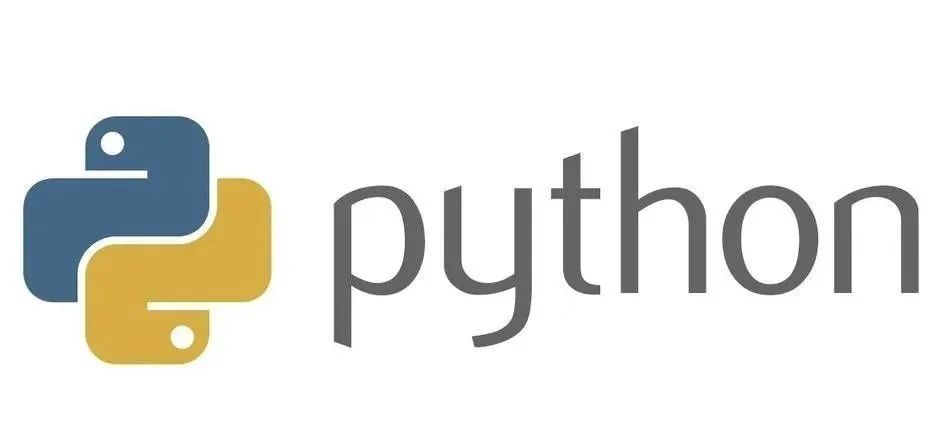In the digital age, data has become a valuable resource. Python, with its simple syntax and strong support for third-party libraries, has become the preferred language for learning web scraping techniques. This guide is designed specifically for beginners in web scraping, aiming to help you start from scratch and gradually master the basic skills of Python web scraping.
1. Basic Concepts of Python Web Scraping
1. What is a Web Scraper?
A web scraper, also known as a web crawler or spider, is an automated program used to collect data from the internet. They simulate the behavior of a browser, sending requests to target websites, receiving and parsing the returned web page content, and extracting the required data.
2. Application Scenarios of Web Scraping
Web scraping is widely used in data collection, analysis, and monitoring fields. For example, market analysis, competitor intelligence, news aggregation, and search engine optimization (SEO) all require web scraping techniques.
2. Setting Up the Python Web Scraping Development Environment
1. Installing Python
First, you need to install Python on your computer. Visit the official Python website, download, and install the version suitable for your operating system.
2. Installing Web Scraping Libraries
Use pip (Python’s package management tool) to install commonly used scraping libraries such as requests, BeautifulSoup, lxml, etc.
pip install requests beautifulsoup4 lxml3. Practical Introduction to Python Web Scraping
1. Sending HTTP Requests
Using the requests library to send HTTP requests is the first step in web scraping. You can retrieve web page content by sending GET or POST requests.
import requests
url = 'https://www.example.com'
response = requests.get(url)
print(response.text)2. Parsing Web Page Content
Use the BeautifulSoup library to parse web page content and extract the required data. BeautifulSoup provides a convenient API for traversing and searching HTML documents.
from bs4 import BeautifulSoup
soup = BeautifulSoup(response.text, 'lxml')
# Assuming you want to extract all content of tags with the title h2
for h2 in soup.find_all('h2'):
print(h2.get_text())3. Handling Anti-Scraping Mechanisms
Many websites implement anti-scraping measures, such as IP bans and CAPTCHA verification. To bypass these obstacles, you can use proxy IPs, add request headers, and simulate user behavior.
4. Data Storage
Store the scraped data in local files or databases. Common storage formats include CSV, Excel, and JSON. You can also use databases like SQLite and MySQL to store and manage data.
4. Advanced Techniques for Python Web Scraping
1. Using Multithreading/Asynchronous IO to Improve Scraping Efficiency
To improve the efficiency of web scraping, you can use multithreading or asynchronous IO to send requests concurrently. This can significantly reduce the time taken to scrape data.
2. Handling Dynamic Web Pages
Some web pages load content dynamically via JavaScript, meaning traditional HTTP requests cannot directly retrieve this content. To handle such web pages, you can use tools like Selenium to simulate browser behavior.
3. Adhering to Scraping Norms
When scraping data, be sure to comply with the website’s robots.txt file and privacy policy. Do not place excessive burdens on the target website, and do not misuse the data.
5. Recommended Learning Resources for Python Web Scraping
1. Online Tutorials and Documentation
-
The official Python documentation: Provides detailed specifications and library documentation for the Python language.
-
Requests library documentation: Introduces how to use the requests library to send HTTP requests.
-
BeautifulSoup documentation: Offers detailed usage and examples for the BeautifulSoup library.
2. Recommended Books
-
“Web Scraping with Python”: A book dedicated to introducing Python web scraping techniques, suitable for beginners and advanced users.
-
“Data Analysis with Python”: Although this book primarily focuses on data analysis, it also includes content on web scraping and data cleaning.
3. Online Courses and Practical Projects
-
Major online education platforms (such as NetEase Cloud Classroom, MOOC, etc.) offer a wealth of Python web scraping courses.
-
Participating in practical projects, such as scraping data from a specific website and analyzing it, can deepen your understanding and application of web scraping techniques.
6. Summary and Outlook
Through this article, you have mastered the basic concepts and introductory skills of Python web scraping. However, web scraping technology is a constantly evolving field. To maintain competitiveness, you need to continuously learn new technologies and methods and pay attention to changes in industry dynamics and regulations.
Finally, I hope this guide can provide strong support for your Python web scraping learning journey. Remember, practice is the only standard for testing truth. Only through continuous hands-on practice can you truly master web scraping technology and apply it to actual work.
